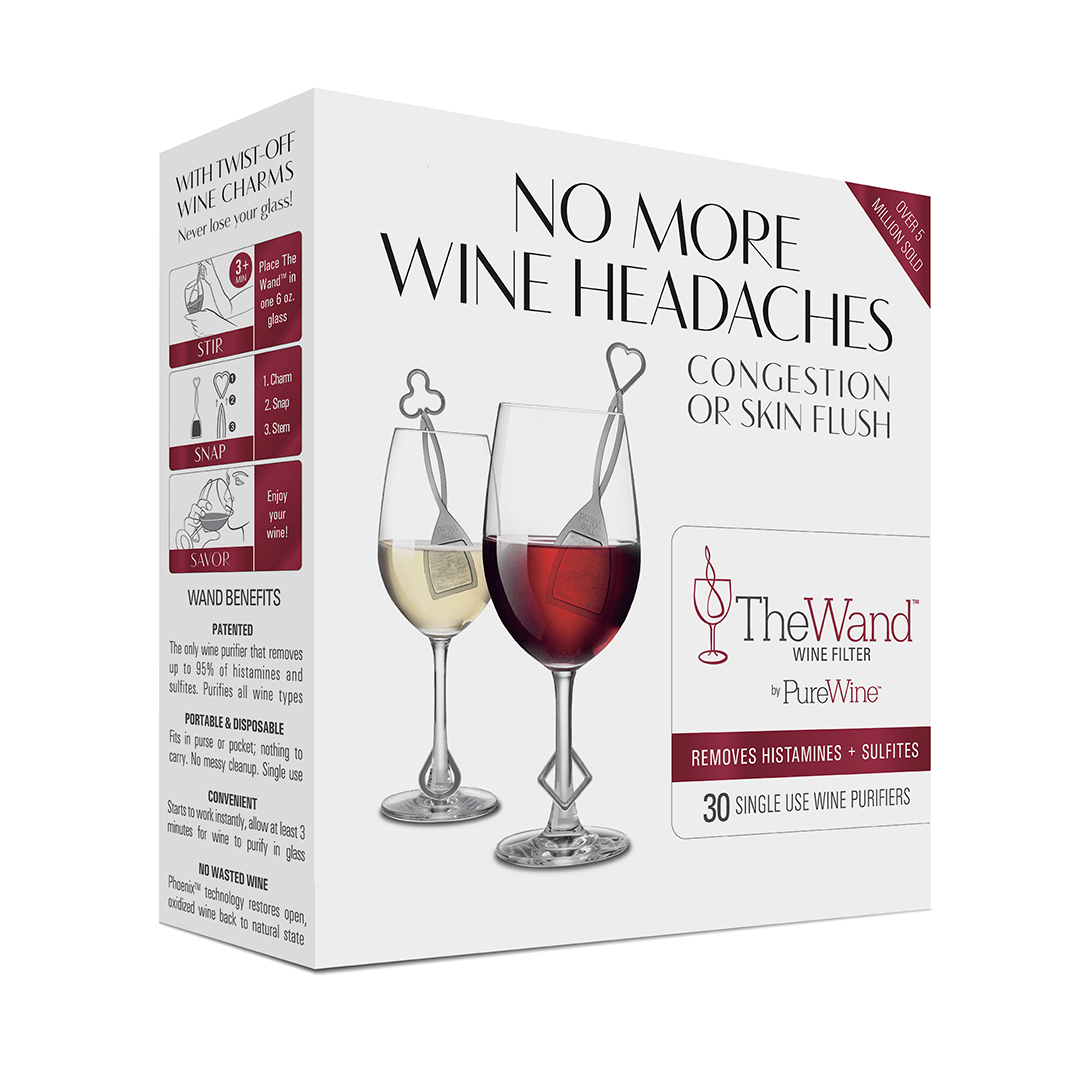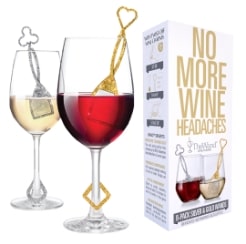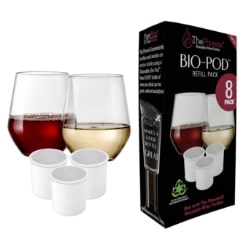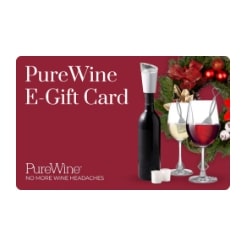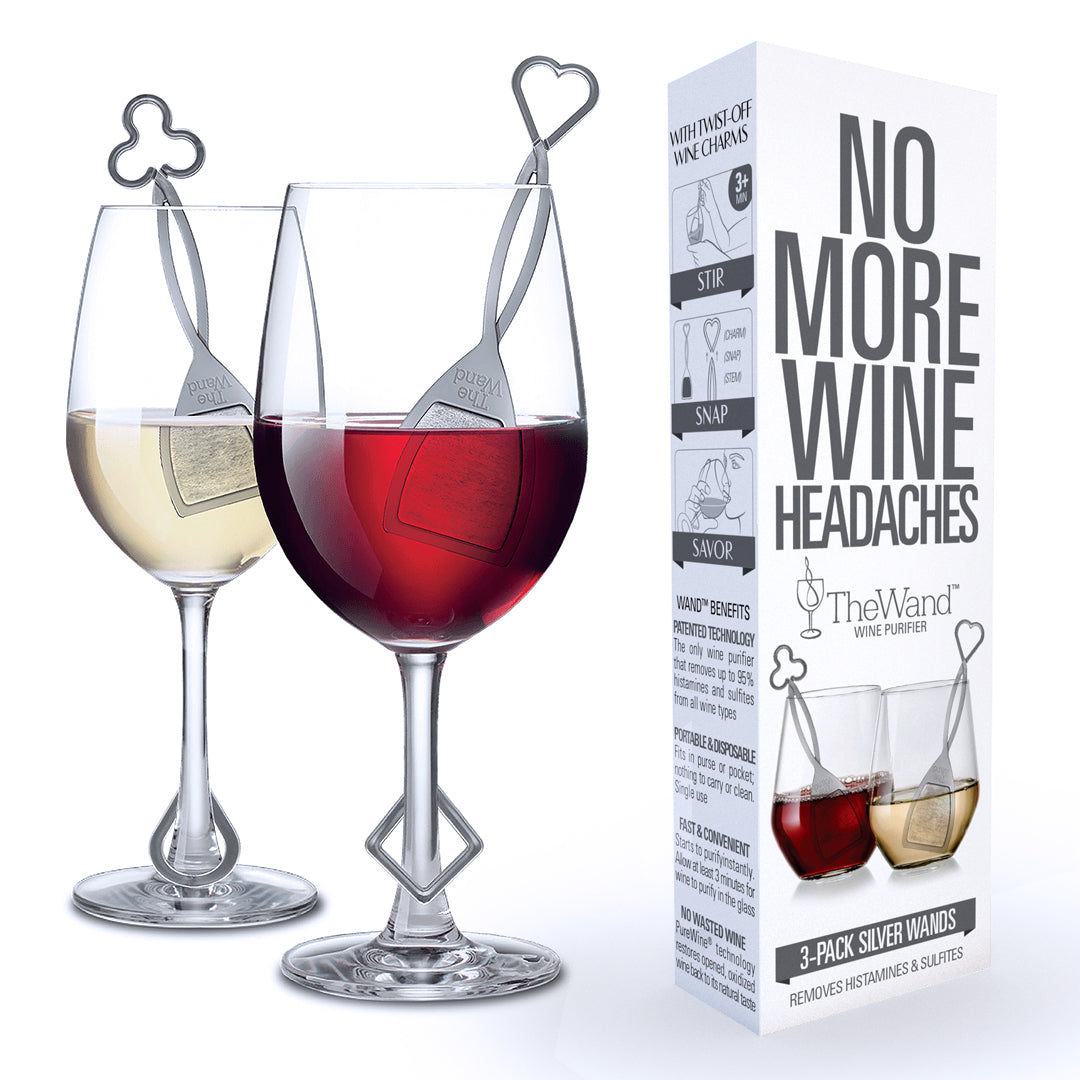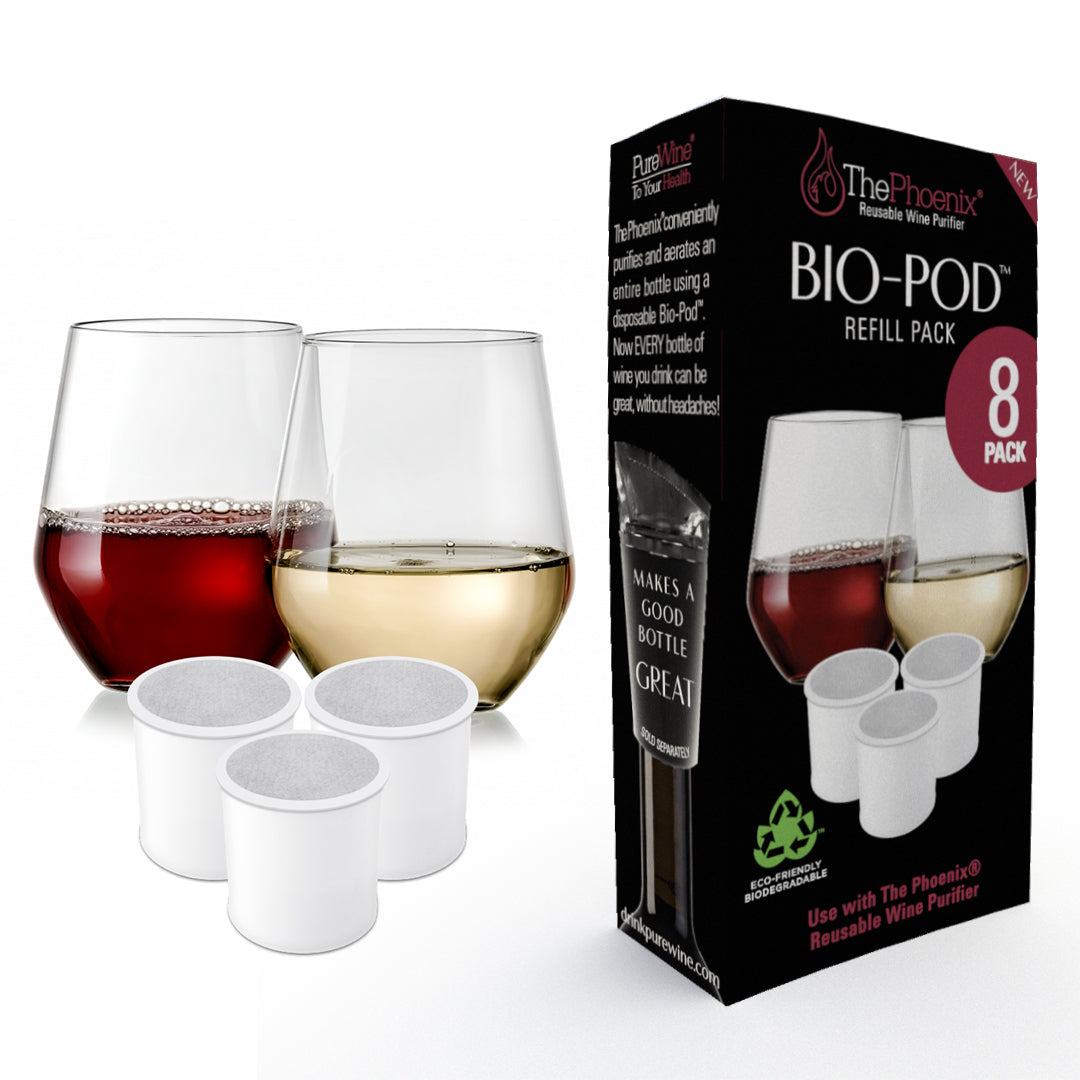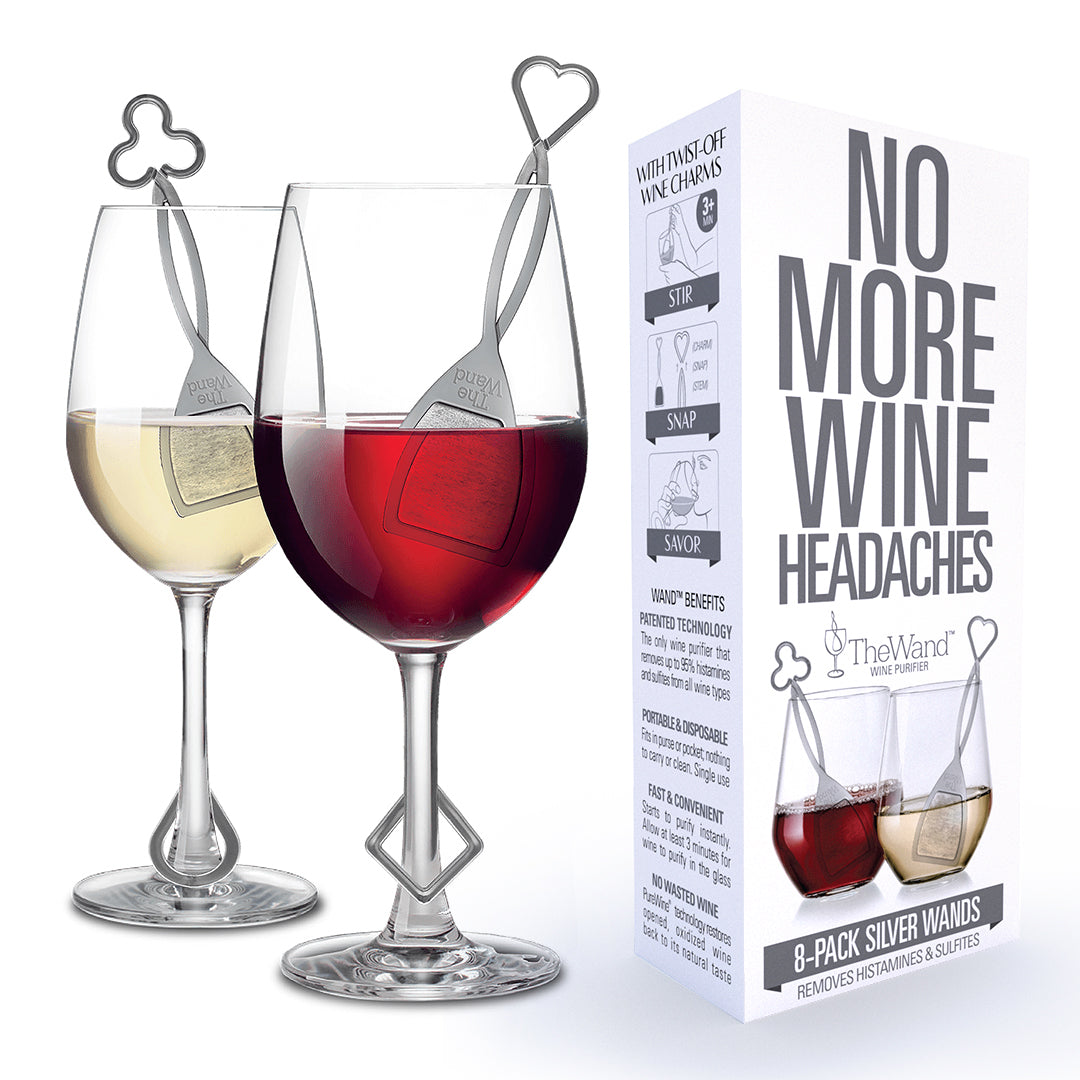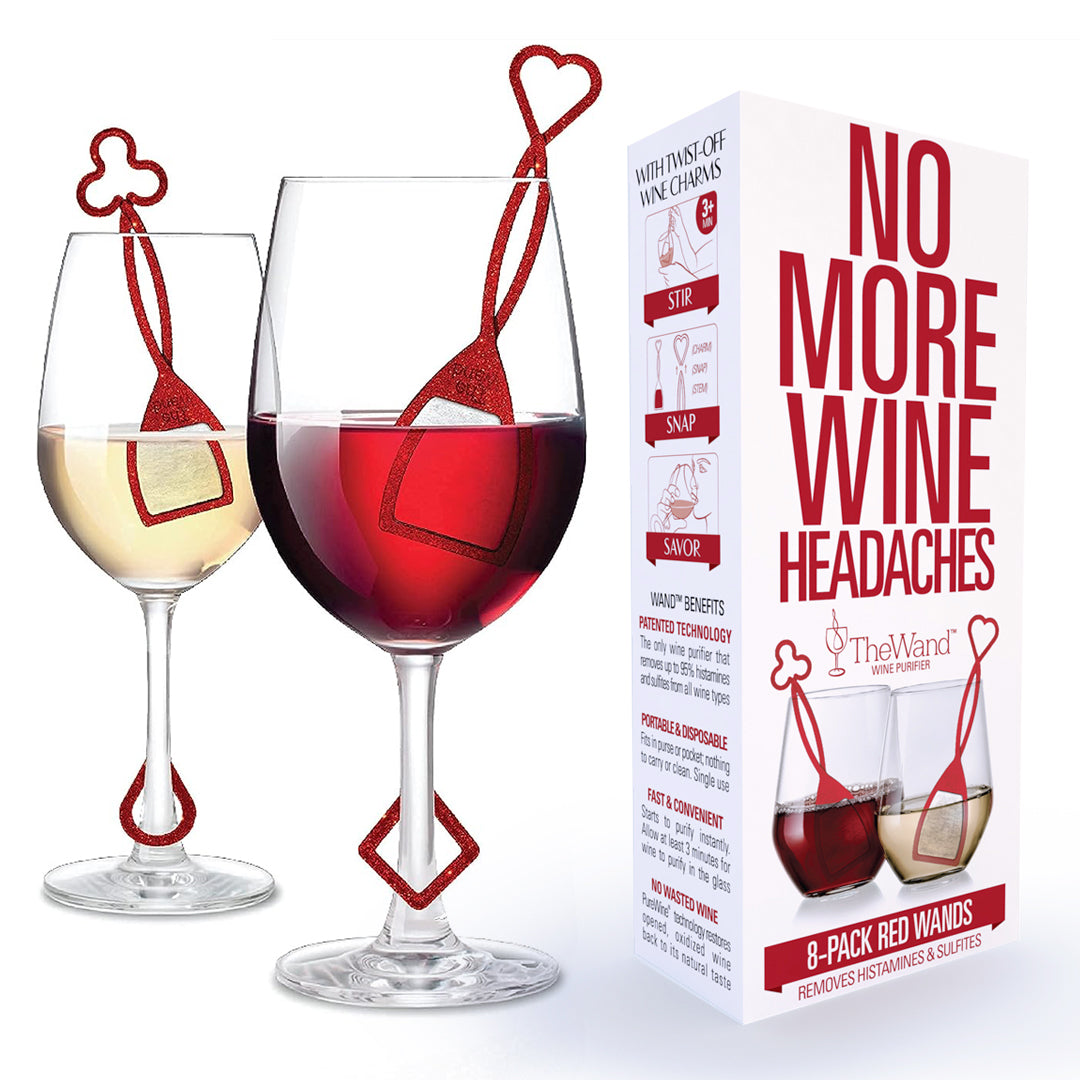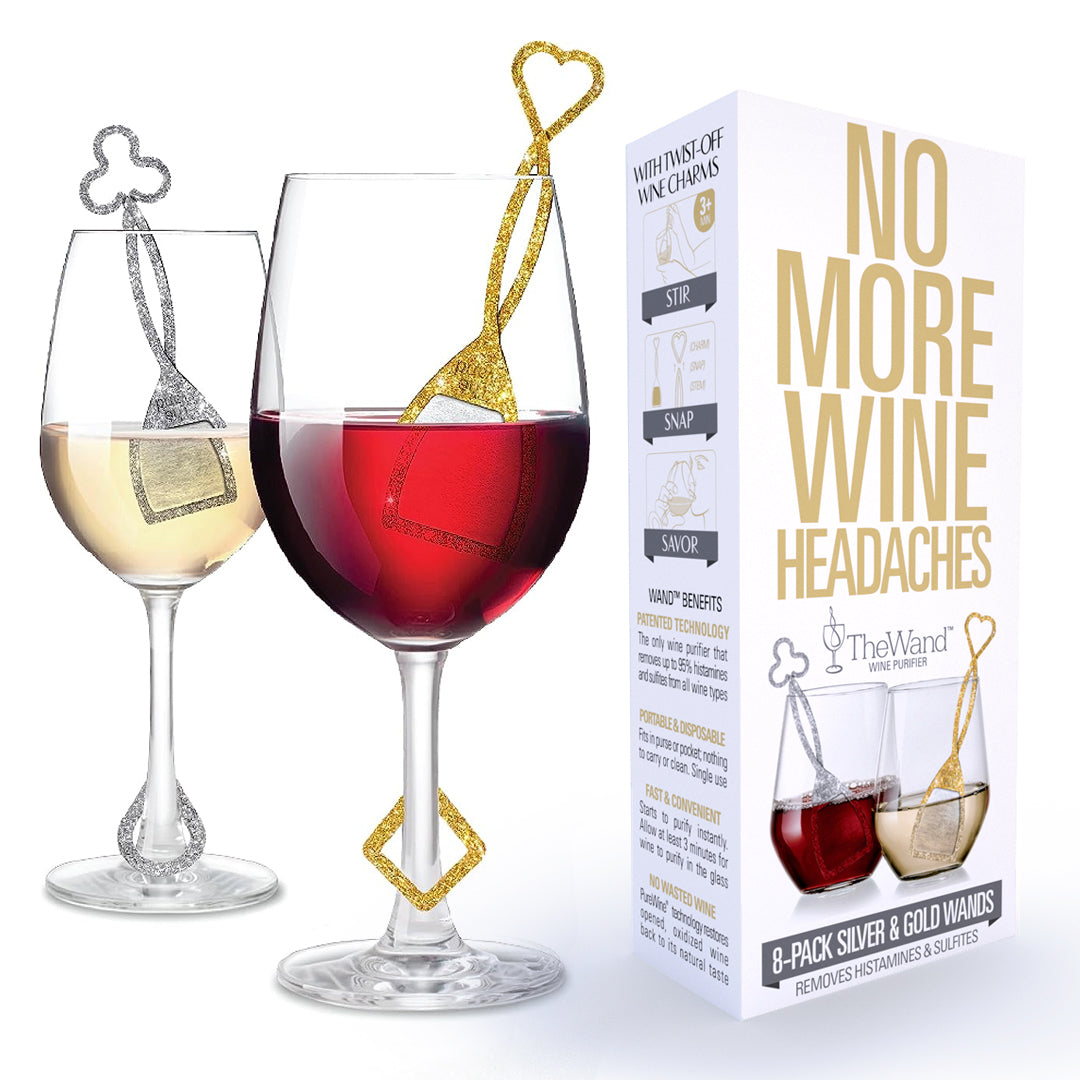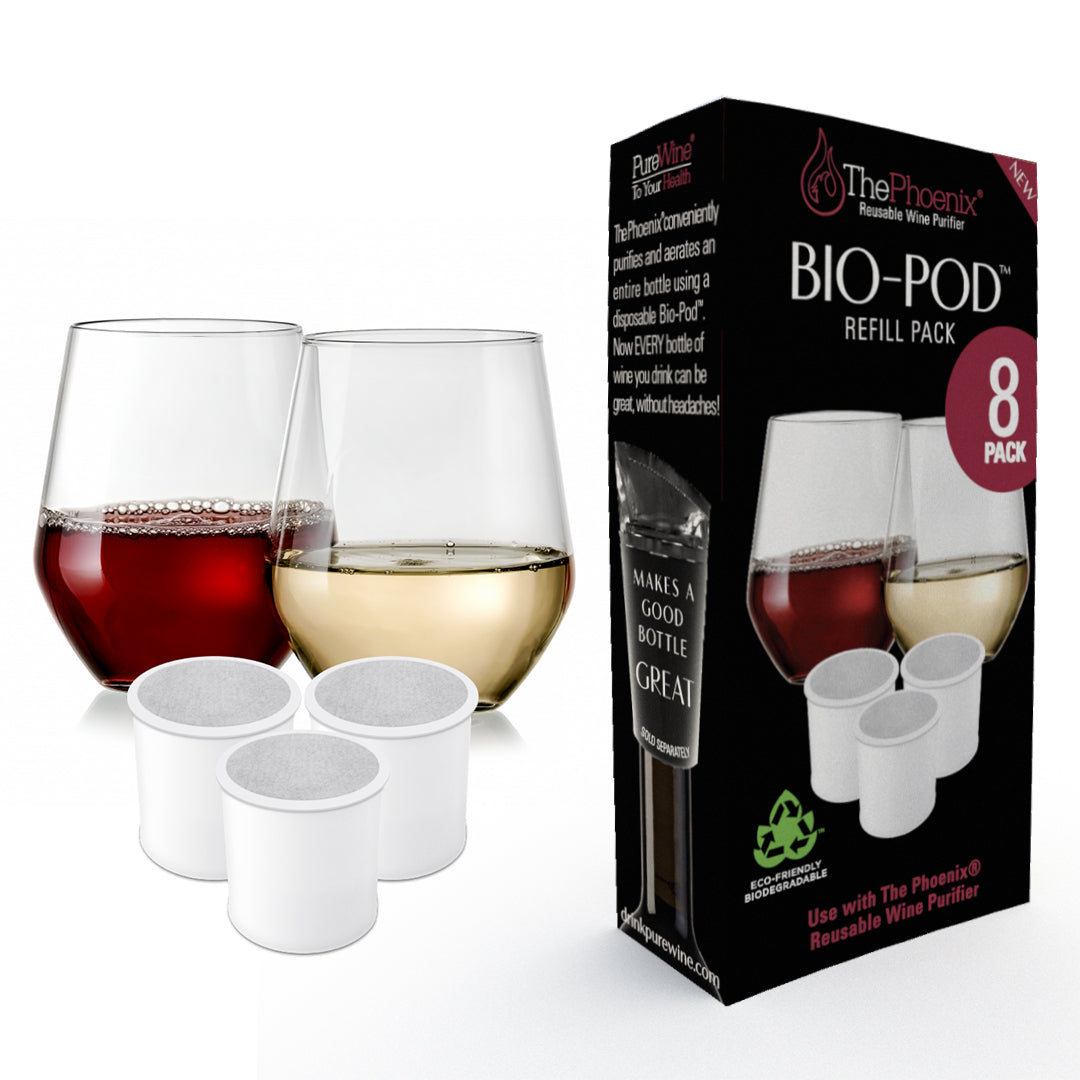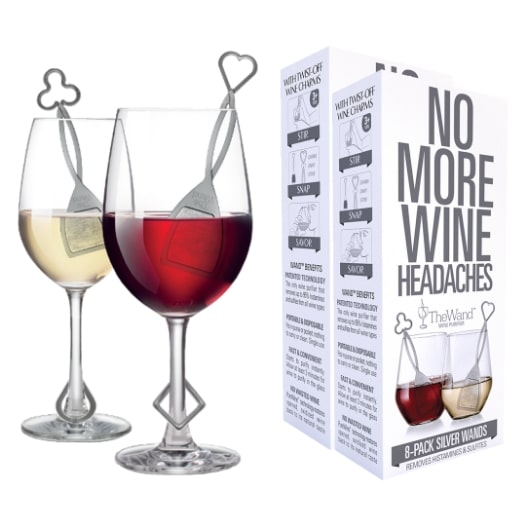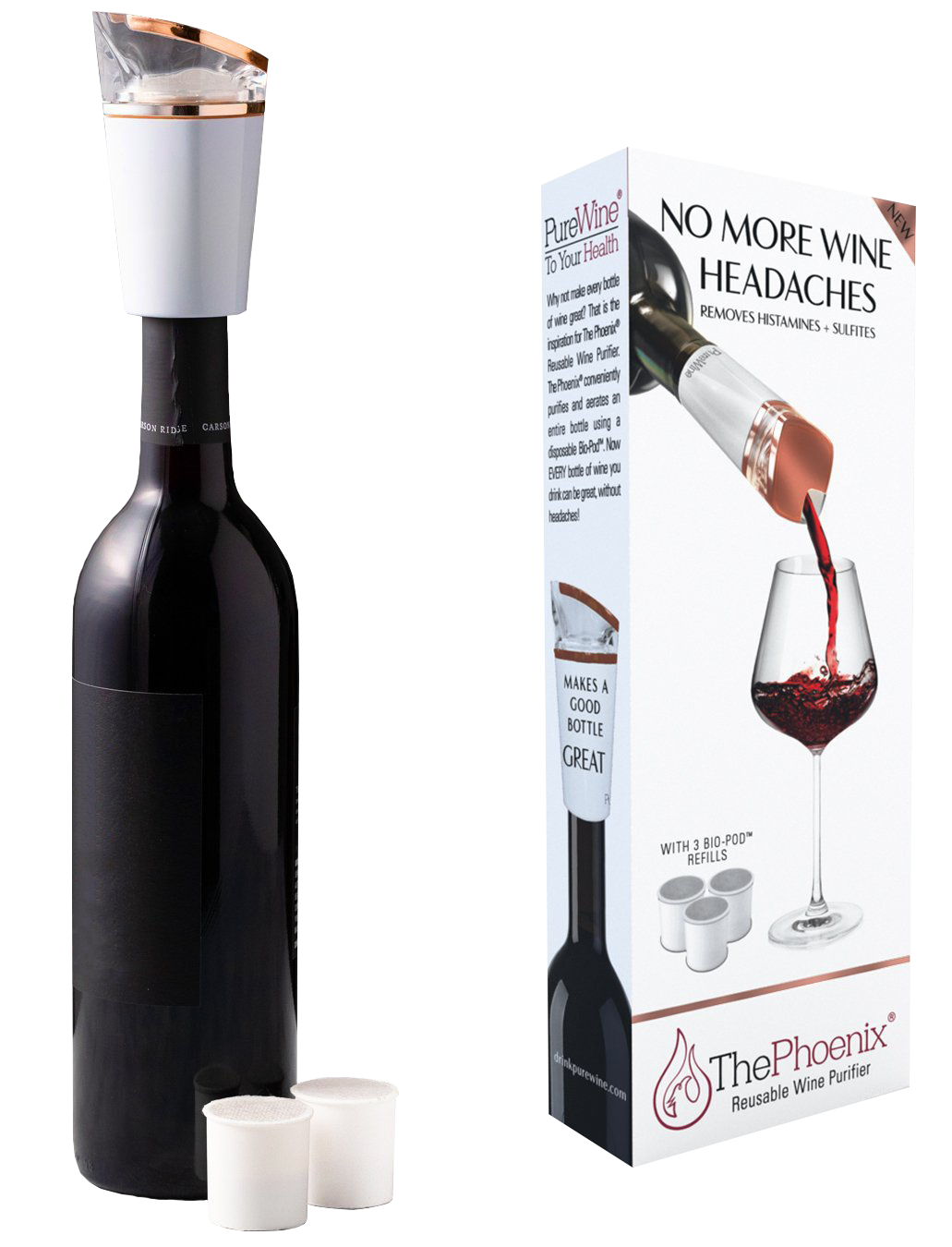Reading a Wine Label For Nutrition Information
When it comes to enjoying a glass of wine, it's not just about the taste and aroma. Many people also want to know the nutritional information, just like they would for any other food or beverage. But the truth is, wine labels don't always provide this information in the same way you might find on a food label. In this article, we'll explore why wine labels don't always list detailed nutrition information, what information you can typically find on a wine label, and how you can make more informed choices about the nutritional content of the wine you're drinking.
Why Don't Wine Labels Include Detailed Nutrition Information?
Unlike packaged food and beverages, wine is not regulated by the U.S. Food and Drug Administration (FDA). Instead, it falls under the jurisdiction of the Alcohol and Tobacco Tax and Trade Bureau (TTB). The TTB requires wine labels to include certain information, such as the alcohol content, the brand name, and the type of wine. However, they do not require detailed nutrition information to be listed. One reason for this is that the production process of wine can vary greatly, making it difficult to provide accurate and consistent nutrition information for every bottle.
What Information Can You Typically Find on a Wine Label?
While you may not find detailed nutrition information on a wine label, there are certain things you can look for to get a general idea of the nutritional content. Here are some common elements you'll find:
- Alcohol Content: This is usually listed as a percentage, such as 12% ABV (alcohol by volume). The alcohol content can vary between different types of wine and can affect the overall calorie content.
- Serving Size: Wine labels often specify the serving size, typically 5 ounces. This can help you estimate the calorie content if you're keeping track of your intake.
- Calories per Serving: While not required, some wine labels may include the number of calories per serving. This information can be helpful if you're trying to manage your calorie intake.
- Ingredients: Wine labels are not required to list the specific ingredients used in the production of the wine. However, you may find a general statement like "contains sulfites" or "made from organic grapes" if applicable.
- Health Claims: Wine labels are prohibited from making health claims, such as "low calorie" or "heart-healthy." Any statements regarding health benefits must be approved by the TTB.
Are Winemakers Required to Put Ingredients on Wine Labels?
No, wine labels are not required to list the specific ingredients used in the production of the wine. However, you may find a general statement like "contains sulfites" or "made from organic grapes" if applicable.
Are Winemakers Required to Put Calories Per Serving on Wine Labels?
No, winemakers are not required to add calories per serving on wine labels. Most red wines like Cabs, Malbecs, and Merlots average 90 - 100 calories per glass. White wines like Chardonnay and sauvignon blanc also average 90-100 calories per glass. Proseccos and Champagnes are usually 80-90 per glass. Flavored and mulled wines are usually higher in calories.
How Can You Make More Informed Choices About Wine Nutrition?
While wine labels may not provide all the detailed nutrition information you would find on a food label, there are still ways to make more informed choices about the nutritional content of the wine you're drinking. Here are a few tips:
- **Research Specific Brands or Varietals: If you have specific dietary concerns or restrictions, it may be helpful to research the brands or varietals of wine you're interested in. Some wineries or wine producers may provide more comprehensive nutrition information on their websites or in other materials.
- Consider Lower-Alcohol Wine Options: Higher alcohol content generally means more calories. If you're trying to limit your calorie intake, consider choosing wines with lower alcohol content, such as lighter white wines or lower-proof red wines.
- Moderation is Key: Whether you're concerned about calories or other nutritional aspects, it's important to remember that moderation is key. The health effects of moderate wine consumption can vary depending on individual factors, so it's best to consult with a healthcare professional if you have specific concerns.
- Balance with a Healthy Lifestyle: Wine is just one aspect of a balanced and healthy lifestyle. If you're concerned about the nutritional content of wine, make sure to focus on overall dietary patterns and lifestyle choices. Incorporate plenty of fruits, vegetables, whole grains, lean proteins, and regular physical activity into your routine.
Wine Label Nutrition Information - Conclusion
While wine labels may not provide detailed nutrition information like food labels do, there are still ways to make more informed choices about the nutritional content of the wine you're drinking. By considering factors like alcohol content, serving size, and doing some research on specific brands or varietals, you can better understand the potential impact of wine on your overall diet and make choices that align with your dietary needs and preferences. Remember to always enjoy wine responsibly and in moderation as part of a healthy lifestyle.
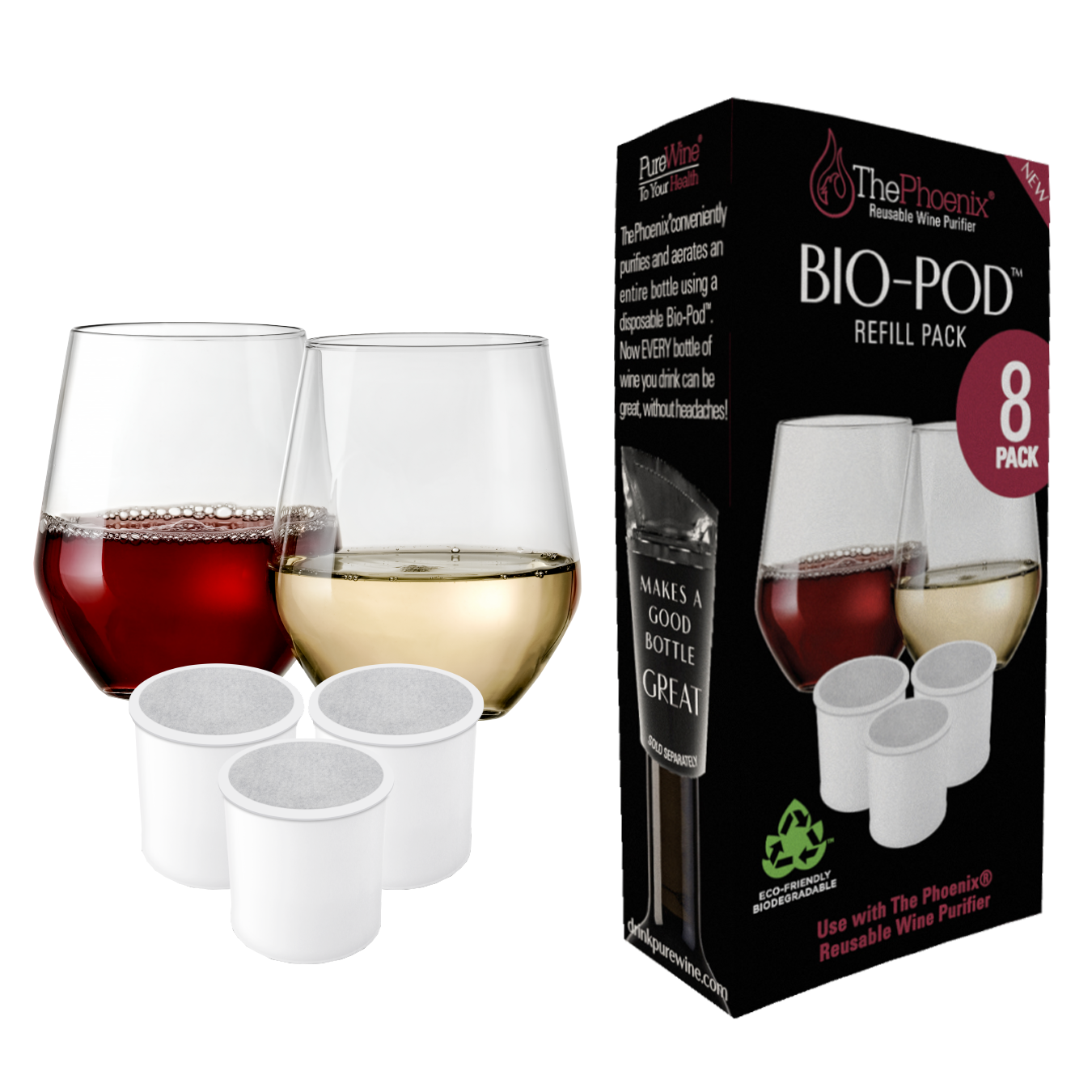
 (20 reviews)
(20 reviews)